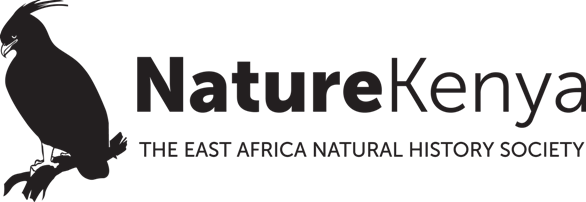By Emily Mateche
As the world reels from droughts, floods, heat waves and wildfires, the global focus is shifting towards green agricultural practices to cope with the effects of climate change. Climate-smart agriculture is emerging as one of the sustainable farming alternatives. And farming, long regarded as a preserve of the middle-aged and elderly, is gaining popularity among youth as a livelihood option for communities residing adjacent to Yala Swamp, Kenya’s largest freshwater wetland.
In Siaya County, two youth groups supported by Nature Kenya – under the AfriEvolve project – are charting the path towards sustainable farming through climate-smart agriculture and other nature-based livelihood activities.
At Kanyibok village, near the shores of Lake Victoria, lies a green vegetable farm belonging to the 30-member Kanyibok Youth Group. Black nightshade (managu), amaranth (terere), collard greens (sukuma wiki) and other vegetables cover the approximately 0.2-acre plot, which also serves as a climate-smart agriculture demonstration farm.
“Our farm is small but the harvest is good. Climate-smart agriculture has enabled us to transform our small piece of land into a productive vegetable growing area using minimal resources,” says Lilian Akatcha, a member of the group.
The youth group’s climate-smart venture has seen them secure tenders to supply vegetables to secondary schools in the area. In addition to schools, the group also supplies their produce to markets nearby.
Through the demonstration farm, the group is educating local farmers on various farming techniques such as application of organic manure, soil and water conservation measures, crop rotation and growing high-value, fast-maturing and drought-resistant crops. To reduce dependence on rain for farming, the group has installed a solar-powered irrigation kit.
“Using irrigation, we are able to grow vegetables all year round. This means we can supply these vegetables even during the dry season,” adds Lilian.
To stay updated and informed, the youth farmers have embraced mobile technology. Using mobile apps, they can get area-specific weather information and advisories from the County Directorate of Meteorology and expert advice from the County Department of Agriculture, Livestock and Fisheries. This information helps them make sound farming decisions like what crops to plant, when to plant, when to harvest, when to stock and how best to control pests and diseases. The use of mobile phone technology is proving useful not only for accessing information but also for marketing and sharing experiences through community social media forums.
In Yimbo, one of the driest regions in Siaya County, another group – Wambasa Youth Group – is also changing the fortunes of local youth through climate-smart agriculture and beekeeping. Group members grow vegetables and cereals on their farms. The group also has an apiary with over 200 hives.
“We hardly look for a market for our honey. Our honey is sold out by the time we harvest,” says Robert Ouko, a group member.
Apart from crop farming and beekeeping, the youth group is also into fish farming and chicken rearing.
This new crop of youthful farmers is a source of inspiration to local communities in Siaya who have, in the past few years, seen their farming fortunes dwindle due to the adverse effects of climate change. With climate-smart agriculture, communities are now better prepared to deal with the uncertainties of climate variability.
